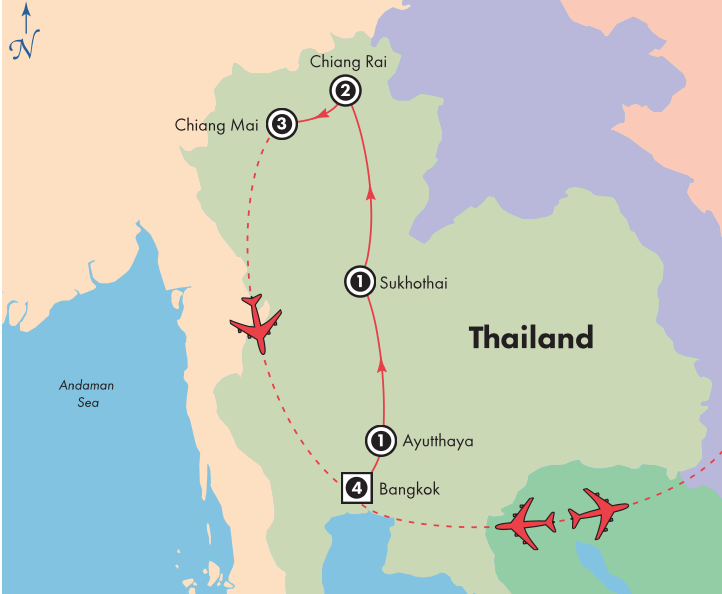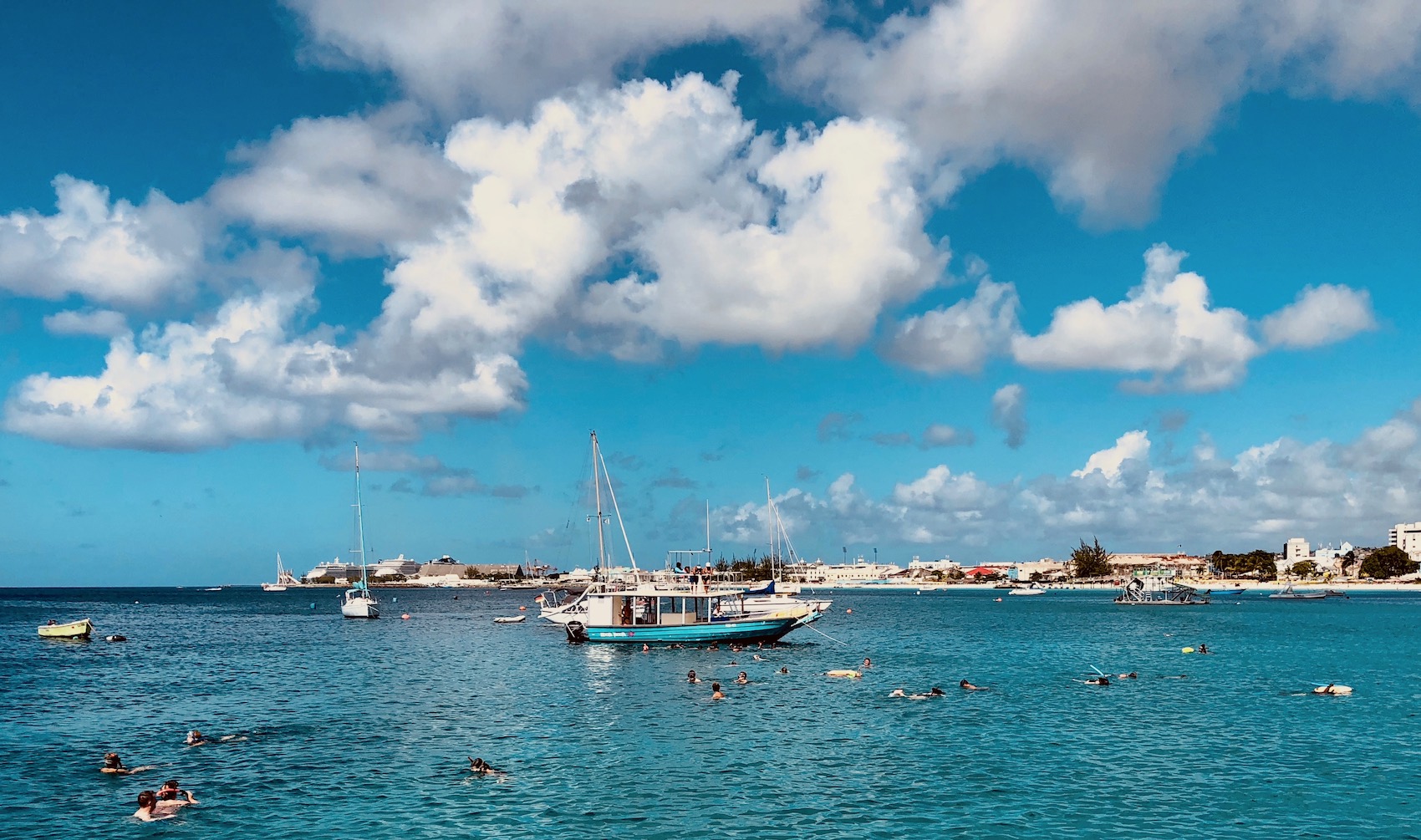
Hong Kong: No New Husbands Here, but a Great City Nevertheless
Hong Kong more than lived up to expectations, and I didn’t have to find a new husband there, thank goodness. Our wonderful tour guide Mandy would have helped me if things had come to that, I’m sure; she was simply the best. (Mandy and her sister Apple make up the much-in-demand tour company, The Hong Kong Getaway.)

So Mandy started the new-husband thing as we taxied under Hong Kong Harbor, then traversed switchbacks all the way to the top of Victoria Peak. She described the various neighborhoods as we passed through each one, and informed the ladies in our small group (myself and Judy) that if we were looking for a new husband in Hong Kong, we should ask where he lives. If he says mid-level, bingo. Or better yet, the Peak – we have a rich one! Judy let Mandy know she wasn’t looking for a new husband, but I guess I hesitated for a beat so Mandy looked at me questioningly and I quipped, “It’s fragile today.”
And that made for a running joke during the entire tour, especially after Padre and I disagreed about which direction our ship entered Hong Kong Harbor – west or east – as we stood at the Stanley Park railing. We both like to be right, so of course we couldn’t let it go and neither one of us really knew for sure – but two stubborn married people inevitably end up in occasional ‘discussions’ like this one. Fortunately we’re good at letting it go so we don’t miss things like, oh, say, the endless Hong Kong skyline views right in front of us at that moment. (but I was right, fyi….and I let it go, really I did! and Padre wanted me to add that he didn’t know our relationship was fragile, and he had to come all the way to Hong Kong to find that out….) .

Money influences much more than husband hunting in Hong Kong – take real estate, for example. Most Hong Kongers scrape by to afford a 400-square-foot apartment, due to sky-high rents and a luxury real estate market that only a few residents can afford. Because of this situation, many people live in huge apartment buildings with 3000 to 5000 residents each (former public housing). So Mandy posed this question to us early on: “You may be wondering, why would anyone want to live in such a crowded, expensive city?”
During the rest of our day together, she planned to show us why Hong Kong is such a great city. She was born in Hong Kong, in fact, but lived abroad for years before returning to make Hong Kong her permanent home. As far as we’re concerned, she more than succeeded in convincing us that Hong Kong truly is one of the world’s top cities despite its density and housing issues, starting with that taxi ride up to Stanley Peak.

TRANSPORTATION
We learned first-hand that you don’t have to be wealthy to go anywhere in Hong Kong and its environs, and it’s so easy. After our taxi ride, we rode a public bus, a ferry, and the train, travelling all over Hong Kong Island and Kowloon for next to nothing. And Padre gets a golden ticket in Hong Kong because he’s old enough for the super senior discount – he almost travels for free.

Our small tourist group definitely stood out on public transportation; we seemed to be the only tourists anywhere in sight all day, in fact. I’m sure this was because Mandy the miracle worker showed us Hong Kong life at the local level, where regular people live – from transportation to markets to gardens to culture, all in one day. After the tour ended and I had time to think about it, I

concluded that the key to this miracle had to be in the planning: This was a very well thought-out tour, from beginning to end and every step in-between.
MARKETS AND FOOD
Snake soup tastes ok; the snake wine looked pretty scary though. We tried heavenly custard pastries fresh from the oven, fruit we didn’t know the name of, the freshest barbeque pork, steamed dumplings stuffed with kagoshima

kubota pork, wonton, fried rice, and more, all delicious. Hong Kong will not disappoint the foodies out there, and this is another reason Hong Kong is so livable.


We ate at a local restaurant and toured the Wan Chai Market, typical of the many street-level local markets that sprawl under all those towering skyscrapers. The freshest fish (some sliced open with gills still breathing), every part of the animal (including pig heads and hooves), unfamiliar fruits and vegetables, dried everything, and of course a couple kitties (cat score=2! And no, the kitties were not on the menu).
This paper kitty was in one of the most intriguing stalls I saw all day, a place where people buy paper versions of things their deceased relatives loved (like their beloved cat, perhaps) to

burn when the relative dies. Just about anything you can

imagine comes in a paper version; a box of cigarettes, wine, and the most popular of all, fake money (Hong Kong money is paper, of course, but you wouldn’t want to burn that).
CULTURE AND RELIGIOUS PRACTICES
Another reason urban living works here involves widely honored Chinese practices deeply integrated into daily routines. These beliefs influence many aspects of life, from architecture to temples to celebrations in the park on Saturdays.
Over 60% of residents practice Buddhism, for instance, so local temples are part of the landscape throughout the urban area and residents can stop by to pray and burn incense on their way to work or returning home.

Gardens and nature have honored status in Chinese culture, and it’s been that way for centuries. So large swaths of Hong Kong remain public space, laced with nature trails and serene views. We began our day at the Pok Fu Lam Country Park, which covers large

portions of the Stanley Park mountaintop area. On a long walk along a beautiful hillside pathway high above the city, we enjoyed the lovely views in peace and quiet (except for the chattering Americans, I suppose).
Another widely held Chinese belief system, feng shui, helps preserve the city’s beauty and ensures a balanced natural environment. Hong Kong refused to build bridges between its main islands, which would have been the cheaper choice, because these beliefs are so strong. According to feng shui principles, bridges chop water up into sections and upset the balance between five key elements: earth, water, wood, fire, and metal. So the city spent a bundle to install tunnels under the harbor, making for the lovely, harmonious harbor vistas that Hong Kong citizens enjoy every day.

Another fun feng shui fact involves two prominent bank buildings in town. In Hong Kong, banks print the money, and each bank features pictures of their bank buildings on the notes instead of prominent heads of state or other famous faces.
Competing banks print competing bank notes, and a feud between two banks started when one bank, the Bank of China, built a sharp-angled building that defied feng shui principles – all that sharp cutting was directing evil toward the HSBC Building. So HSBC installed decorative cannons on top of their building, to ‘shoot back’ the evil coming from the Bank of China. It’s all there on the bank notes, the sharp-angled building shooting death rays and the cannons shooting cannonballs right back at ‘ya.

In addition to Buddhism and feng shui, Chinese culture celebrates their ancient cultural heritage with festivals all year long. Since it was a Saturday, we were fortunate to happen upon a Lion parade near the Hong Kong Cultural Center. Lions and dragons help ward off evil spirits and bring good luck and fortune. The lions led the parade, followed by residents proudly marching along, wearing traditional costumes of the ancient dynasties.

Hong Kong works hard to promote awareness of traditional Chinese culture, so much so that a few years ago the city constructed the Nan Lian Garden for its citizens, which was our last stop after a hectic day of sightseeing.

As we walked into the garden, I looked up at the freeway ramps close overhead and thought skeptically, “How peaceful can this garden be?” I was wrong, of course, because as

soon as we started walking the carefully planned pathways, the world outside the garden fell away, just as the garden designers knew it would. This Kowloon garden, attached to the

Chi Lin Buddhist Nunnery, provides serenity in the midst of all the urban chaos, and follows the rules of traditional Chinese landscape techniques. And the Chinese take serenity seriously here – check out some of the rules listed on the brochure:
– No bawling or brawling
– No frolicking or running
– No climbing on rocks
– No tripods
– No costumes, including wedding or graduation gowns

I asked Mandy if there were many weddings here, since in the States this would be a sought-after wedding venue due to the gorgeous scenery. But no, since that would ruin the whole point of the garden, wouldn’t it? She also noted that large tour groups never make it through the garden gates

either, since that would surely ruin the peaceful experience. It surely would, and our small group felt very lucky to be able to enjoy such a beautiful place.
AND THEN THERE’S ALL THE OTHER STUFF
Of course, Hong Kong lights up with lots of razzle dazzle as well, including shopping malls everywhere and night time laser shows over the harbor. And here’s Bill celebrating a Chinese cultural icon, the Kung Fu fighter Bruce Lee (I think Bill looks pretty tough for an old geezer, don’t you?). Upon return to the Diamond Princess, we also saw lots of flashing neon lights on skyscrapers everywhere from our

stateroom.
But after our glimpse of the quieter Hong Kong beneath the glitzy, chaotic exterior, we fell in love with the place anyway – what a great city this is. Thanks, Mandy, for showing us your home, and hopefully we’ll get to return someday.
Now we’re sailing north to Japan, first stop Osaka and Kyoto. We’ve definitely adjusted to ship life, so much so that we’ll be sad to say goodbye to our new ship friends (and Padre wants to take our room steward, Oscar, home with us). It is colder now that we’ve sailed farther north, though, so flying to Thailand in a few days might be just the thing – IF we make our flight connection, and that’s a future story to be told (Wish us luck – maybe we need some lions and dragons right now…).

Thanks for following along, everyone!


